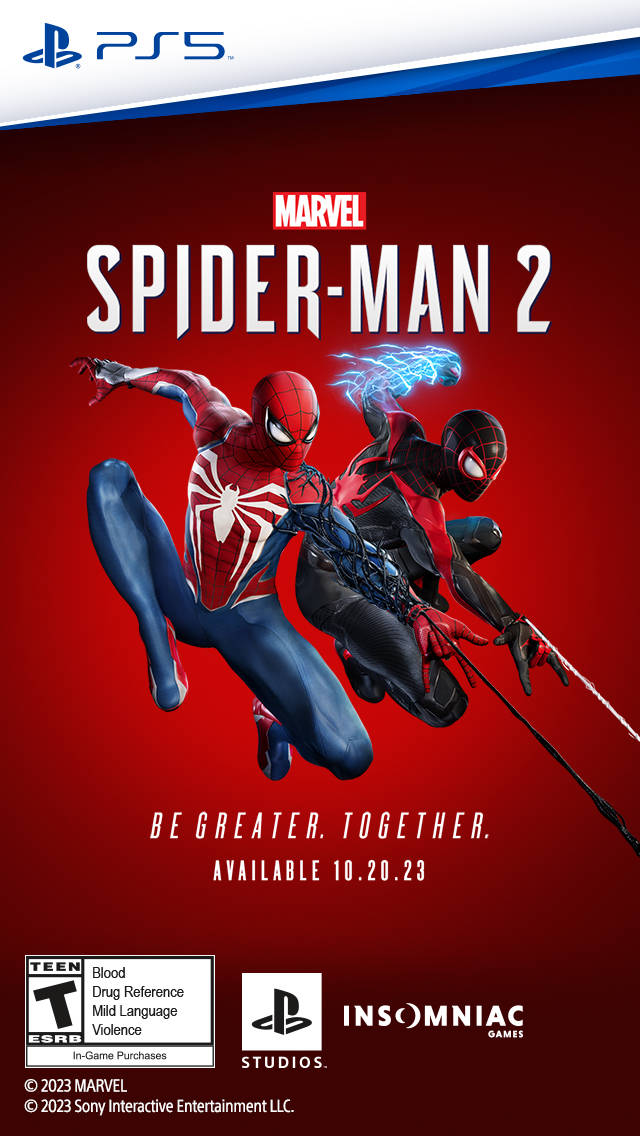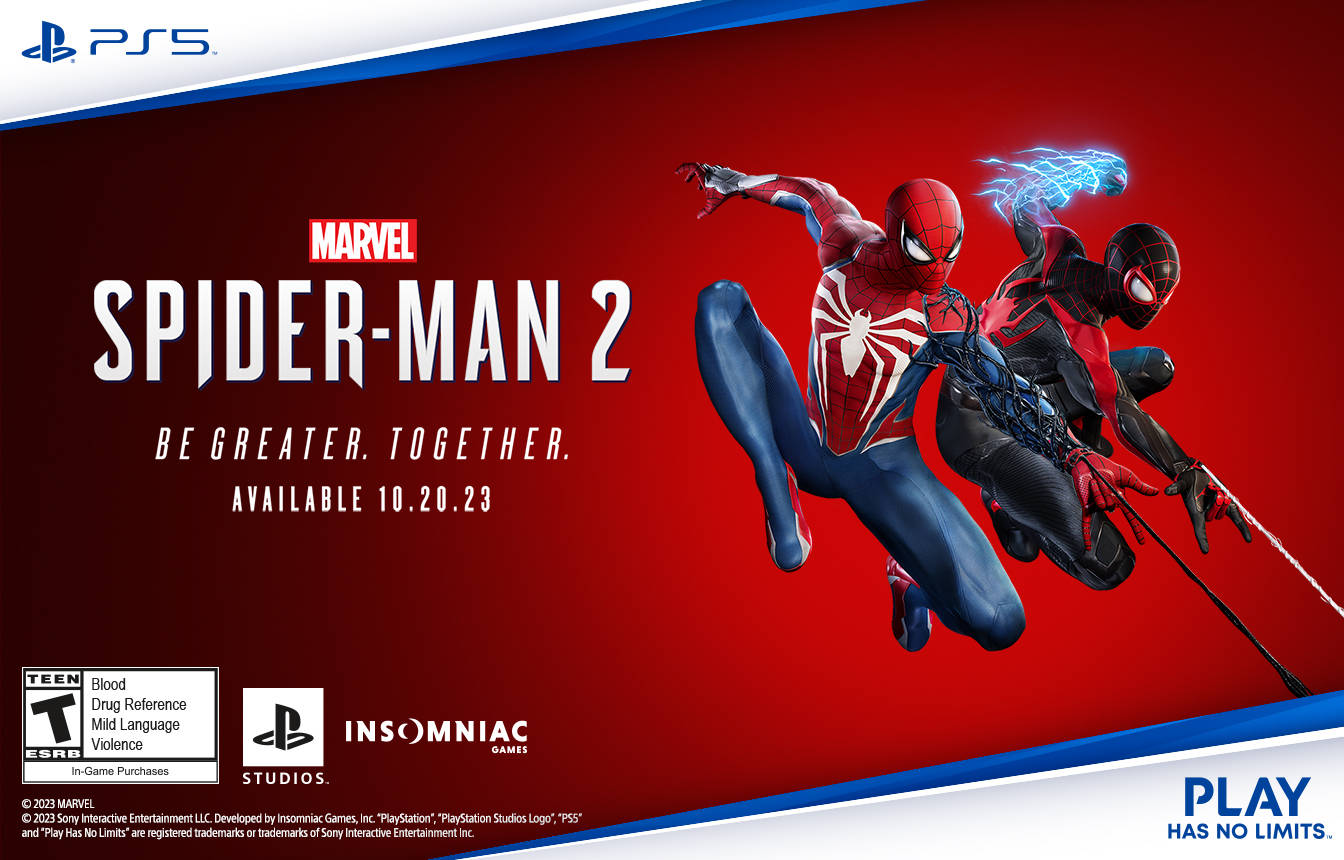Like many folks my age, the NES was the gateway to a lifelong love affair with video games. And yet, it was its successor, the Super Nintendo, that molded me into the gamer I am today. The Super Nintendo’s 16-bit hardware opened up whole new worlds that I couldn’t have dreamed of in the 8-bit era, fleshing out places like Hyrule and the Mushroom Kingdom to the point I couldn’t look at the old games the same way ever again. When push comes to shove, if someone ever asks me what my favorites games of all time are, many of them come from this era and specifically the SNES console.
It’s no wonder then that Nintendo understands they have a nostalgia-laden gold mine in their back catalog. All they need to do is crack open the archives every now and again—kind of like Disney does with its “vault”—to rekindle the magic in their diehard fanbase and maybe hook a few new gamers along the way. Of course, memory is a funny thing; sometimes, rose-colored glasses make experiences better in our mind than they really were. So, it was with both excitement and trepidation that the SNES Classic Edition review fell into my lap, as I worried that my memories might better be left alone.
Let’s begin with the hardware itself. Much like the NES Classic, the SNES Classic is tiny. You can see a comparison pic of its size next to my Skyward Sword Wii MotionPlus controller in the pic below—it’s super lightweight, and feels like a model you’d get out of a high-end 3D printer. But as soon as you plug in the necessarily cables and flick the purple power switch—which even in miniature form has that all-too-familiar and satisfying click—it’s good to go. Unfortunately, that’s not to say mistakes weren’t made.

The SNES Classic has the same problem as the NES Classic in that its power cord and accompanying HDMI cable are really pretty short. The cords for the controllers, at least, are twice as long as what they were with the NES Classic controller (reaching nearly five feet in length), but this still falls short of the original release length back from the early 90s. You won’t have to be huddled near your TV nearly as much as with the NES Classic, but Nintendo is still counting on you having to snuggle up relatively close to your console to enjoy it.
A new issue that I didn’t particularly like was also the covering for where the controllers plug into the system. If you remove the controllers and wish to place them elsewhere for the evening when done with your SNES Classic playing, there’s a cheap feeling plastic flap that can be placed over the controller plugs. This makes the system look more accurate to the original from 1991 when it’s on, but it feels very flimsy and, more importantly, unnecessary.
Nintendo also corrected one important mistake they made with the NES Classic: the most noticeable and thankful addition is the second controller (especially as a fair amount of games in this 21-game collection have 2-player options). That extra hardware is likely what helped raise the price a little higher for the SNES Classic than its predecessor, but the convenience of having a second controller ready to go is worth it.
The hardware also presents a few extra bells and whistles that weren’t in the NES Classic. Much like before, you can save each game on the system in one of several suspend point slots, which you access via the system’s Reset button (the same mechanic was used for the NES Classic—and yes, it still feels weird). From those suspended points, however, you can now utilize a “Rewind” feature, which allows you to go back in time on average a full minute of gameplay time (it varies by game). So, if you’re having trouble with a particular boss, or miss out on an item you really needed, this can help you remedy that issue without starting the game over entirely like in the old days.
Graphics-wise, courtesy of the HDMI output, the colors in many of these games are crisper than they’ve ever been. You can also utilize the new Frame feature to change the colors of borders you’ll see in each 4:3 output game. (I personally preferred the stage curtains, but also appreciated the wood panelling frame.) Similarly to the NES Classic, you can also change the visual quality to emulate what used to be seen on an old CRT, or bump it up so it’s “pixel perfect”, which sharpens everything just a touch.
And that of course leads us to the most important part of this bundle: the games. There are only 21 titles here on the SNES Classic (as compared to the 30 seen in the NES Classic), but we’ve been given more games with beefier playtimes here, which includes several all-time great RPGs. Also, one of those 21 titles is the never-before-released Star Fox 2—stay tuned for my full special stand-alone review of that coming soon. Like the NES Classic, you can’t add any additional games to the SNES Classic—it’s a self-contained system that can’t be rewritten—but you’re still getting each title for less than four dollars if you think about it. (That would be better than the Virtual Console in every case.) Here are the 21 titles that comes with the system:
- Contra III: The Alien Wars
- Donkey Kong Country
- Earthbound
- F-Zero
- Final Fantasy III
- Kirby’s Dream Course
- Kirby’s Super Star
- Mega Man X
- Secret of Mana
- Star Fox
- Star Fox 2
- Super Castlevania IV
- Super Ghouls ‘n’ Ghosts
- Super Mario Kart
- Super Mario RPG
- Super Mario World
- Super Mario World 2: Yoshi’s Island
- Super Metroid
- Super Punch-Out!
- Super Street Fighter II Turbo
- The Legend of Zelda: A Link to the Past
If I could, the only change I might make to this list would be to remove Kirby’s Dream Course, as we don’t need that much Kirby here. With games like Chrono Trigger, Maximum Carnage, ActRaiser, The Lost Vikings, Super Bomberman, Earthworm Jim, The Lion King, Aladdin, X-Men: Mutant Apocalypse, Tiny Toon Adventures: Buster Busts Loose, and many more great releases being absent here, we didn’t need that much pink puffball. (I also understand there’s likely rights issues with many of these games, but considering they’re all at least 20 years old, exceptions could’ve been made.)
That single complaint aside, I played many of the games here growing up, and I’m happy to say they were emulated here perfectly to the smallest detail. For example, the framerate drops that I remember in Mega Man X—like when he sees the first Mole Borer in Armored Armadillo’s stage because it comes crashing through a wall from off-screen—are all still there. And, if you’re also like me and missed out on a couple of these the first time around (such as Secret of Mana), this is a perfect chance to experience those all-time classics.
Memory is a funny thing, but it is so wonderful when you get to relive those memories and realize they are just as amazing now as they were then—at least for the most part. The Super Nintendo Entertainment System Classic Edition is a wonderful little bundle of nostalgia that should make Nintendo fans of all ages come to a new appreciation for the consistently high quality of games the publisher has churned out over the decades. It makes me look forward to what the company has in store for the future while reliving the past right now.
|
★★★★☆
When compared to the NES Classic, the SNES Classic fixes some mistakes, inherits some others, and brings a new one all its own. They’re all really minor flaws in the end, however, when compared to an absolutely stellar library of titles that play just as well as they did 25 years ago. If you grew up during the 16-bit era of gaming, there’s literally something here for everyone to enjoy—and at an affordable price point to boot. |
Release Date 09.29.17 |
| SNES Classic Edition is available on . Primary version played was for . Product was provided by for the benefit of this coverage. EGM reviews on a scale of one to five stars. | |

Ray has extensive roots in geek culture, as he’s written about videogames, comics, and movies for such outlets as Newsday.com, ESPNNewYork.com, Classic Game Room on YouTube, Collider.com, Comicvine.com, and of course EGM. His main goal in life? To become king of all geek media, of course!





